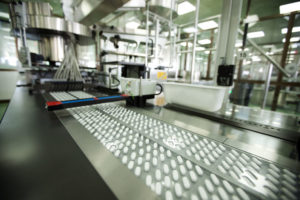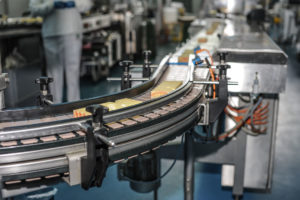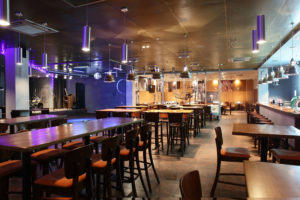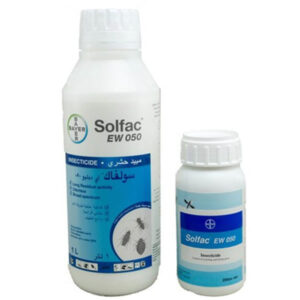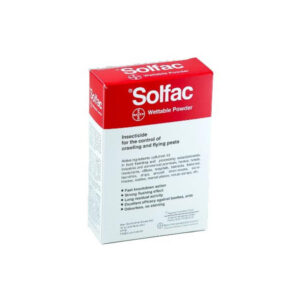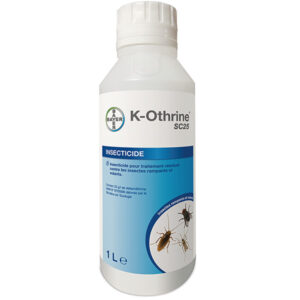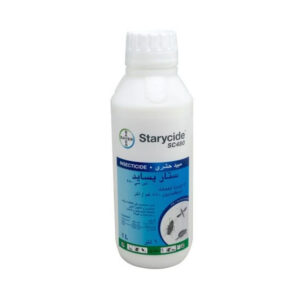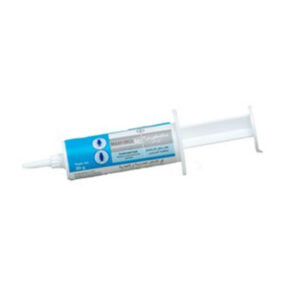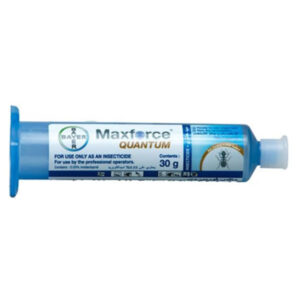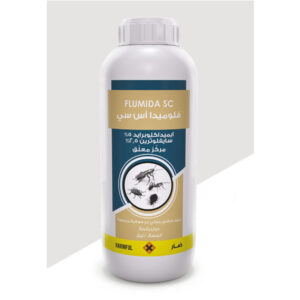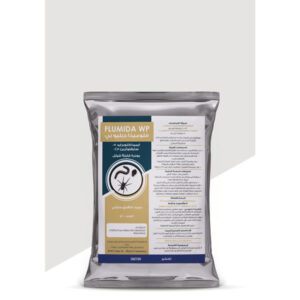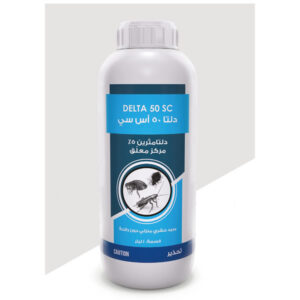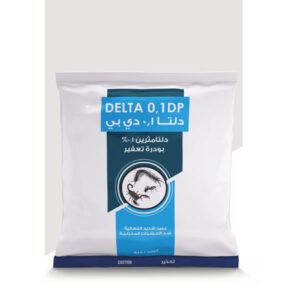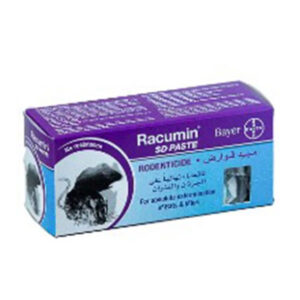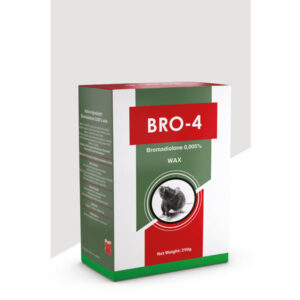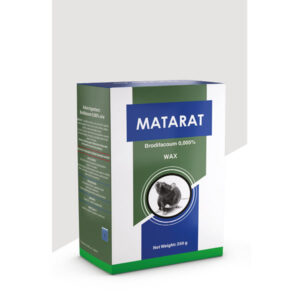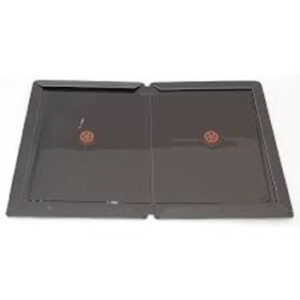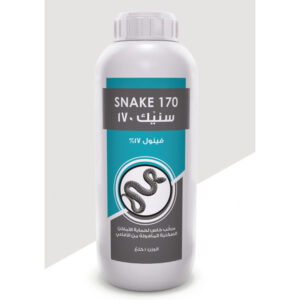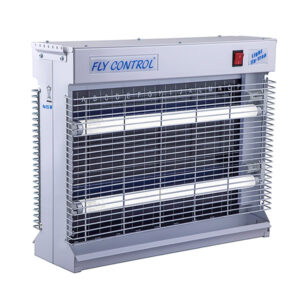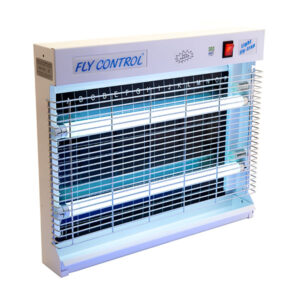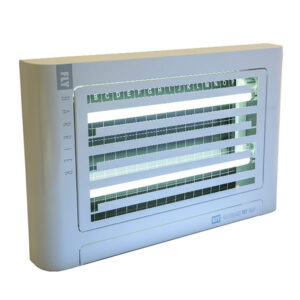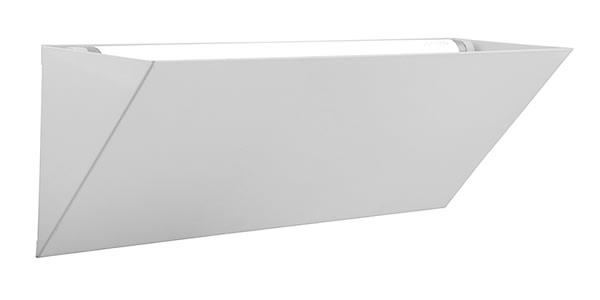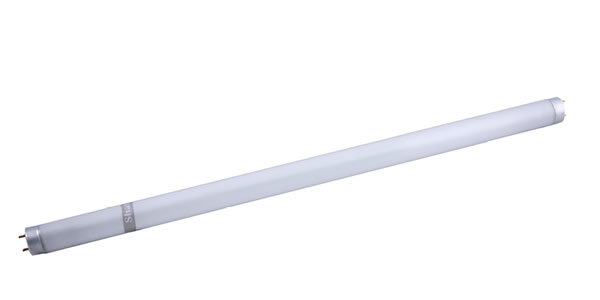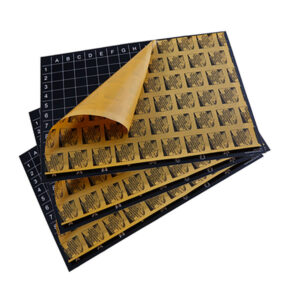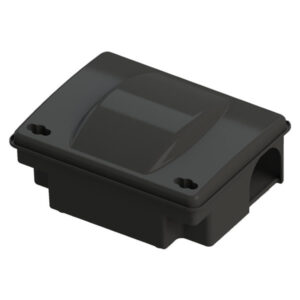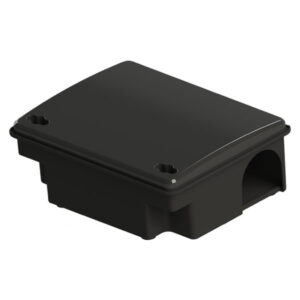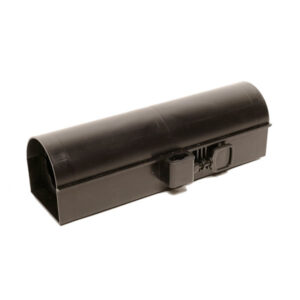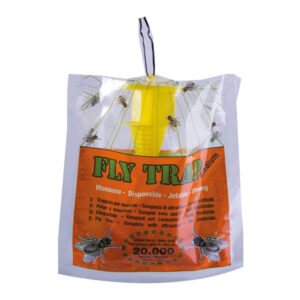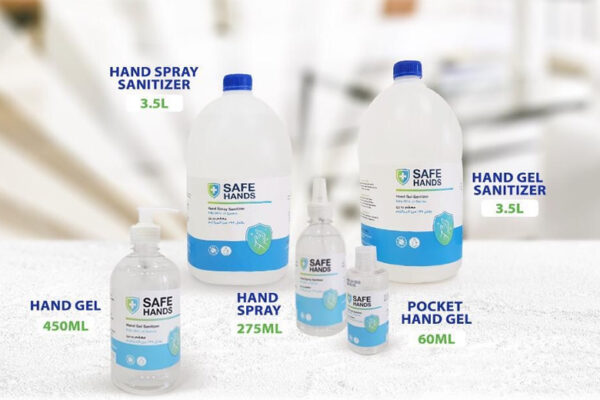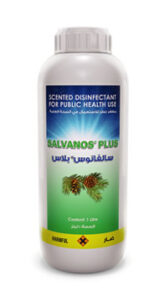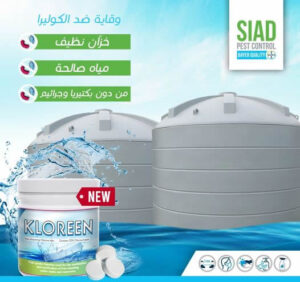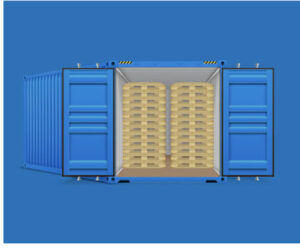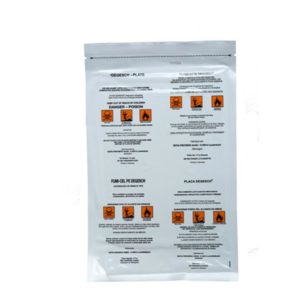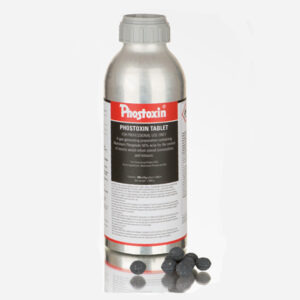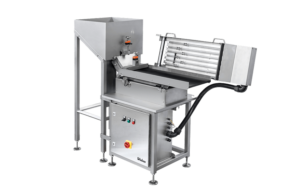
Species characteristics:
Brownish or greyish rodents with a tail approximately as long as the body. Omnivorous, often live in or around buildings.
Common name is the House mouse.
Adults: 60-90mm; tail length 80-100mm long; weight 15g-33g max; droppings are approx. 3-6mm long.
Life-Cycle:
The House mouse reaches sexual maturity at 35-40 days. Outdoors they will breed throughout the summer only and indoors they will breed continuously.
The gestation period is 19-21 days and a female can produce up to a maximum of 10 litters a year. 20 pups per litter is the maximum, although six is the average.
Areas where found:
The House mouse originated from East-Asia and has spread throughout the world in distributed grain and food.
Rodents as Pest:
- Human health:
Carriers of over 45 types of diseases including spirochetes causing Weil’s disease (Leptospirosis), Salmonella, E. coli, enteritis, listeriosis, rickettsiosis, dysentery and many others
Contamination of water and food
Contamination of environment - Direct food losses:
Field crop losses
Stored food and food prod. Chain losses - Indirect food losses:
Packaging destruction, spillage
Contamination with feces - Construction:
Damages in buildings
In sewers, dikes etc.
In electric facilities and cables
In communication - Animal production:
Feed losses and spillage
Vector and reservoir of pathogens
Area of infestation:
- Kitchen
- Food storage such as kitchens and pantries
- Sub floor areas
- Enclosed pipes
- Baths and loft areas are also favored locations
Identification:
- Dropping: mouse (3mm-6mm long)
- Urine strains, body smear and odor
- Runways & tracks (foot prints, tail marks…)
- Gnawing damage to goods and structure (relative size of the teeth)
Importance as a pest:
- Carriers of over 45 types of diseases including spirochaetes causing Weil’s Disease (Leptospirosis), Salmonella, E.coli, enteritis listeriosis, rickettsiosis, dysentery and many others
- Contamination of water and food
- Contamination of environment
- Direct food losses
- Field crop losses
- Stored food and food prod. chain losses
- Indirect food losses: Packaging destruction, spillage
Rodent Baits:
SIAD Pest Control uses the 3rd generation of rodenticides and the latest rodent control products. Our baits are installed and distributed into rodent bait stations for homes and businesses.
Our rodenticides for the control of rats and mice in a way that is exceptionally attractive to rodents. This guarantees extremely high consumption and thereby ensures that the product works most effectively.
It acts by preventing blood coagulation, causing death between 3-8 days after the intake of lethal dose due to internal bleeding.
The rat bait or rodenticide contained within the bait station is accessible to rats and offers an effective solution to your rat problem.
Rodent Glue Traps:
SIAD Pest Control uses specially scented rodent glue traps that are non-poisonous and non-toxic, attractant for rats and mice and safe for use in the indoor areas in your homes and businesses.
Mechanical Rodent Traps:
SIAD Pest Control mechanical traps are suitable for catching large rats, with safety system for loading the bait. Sturdy and resistant, it can also be used in humid environments or in areas subjected to frequent washing.













